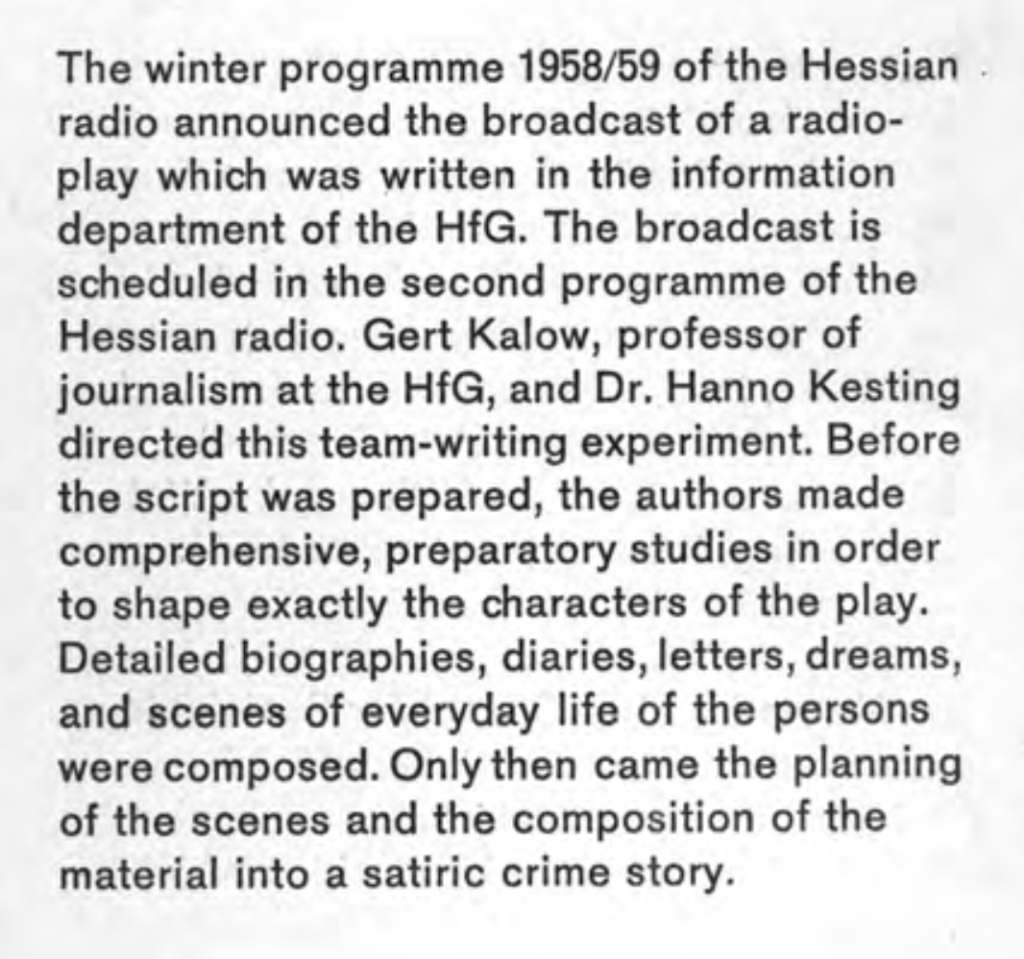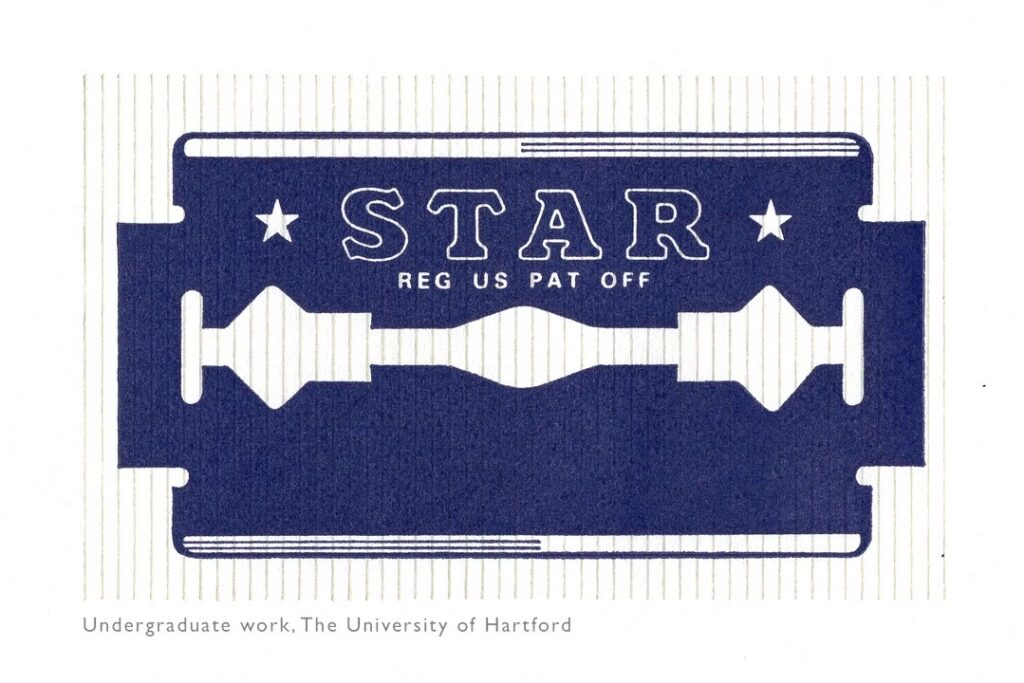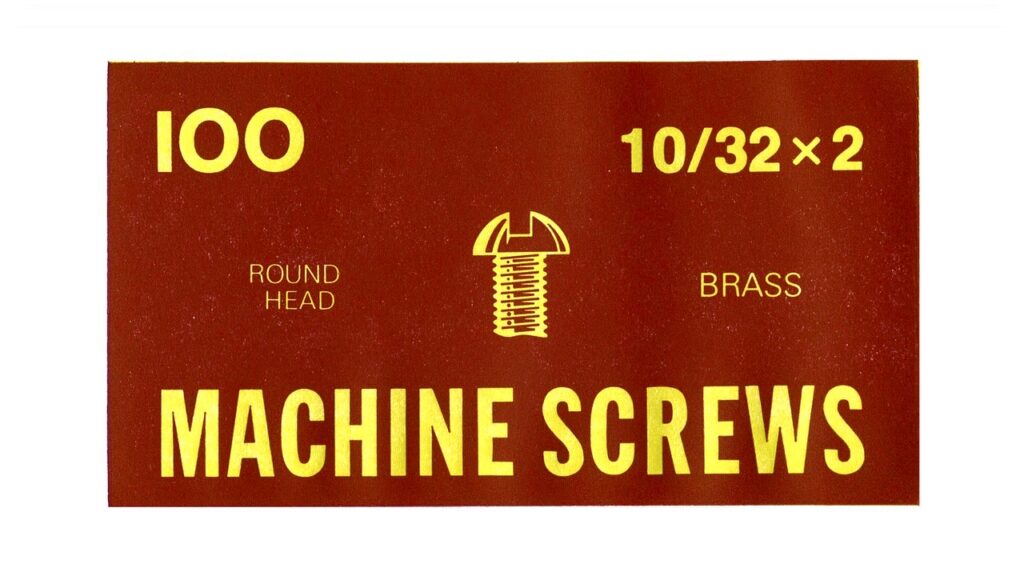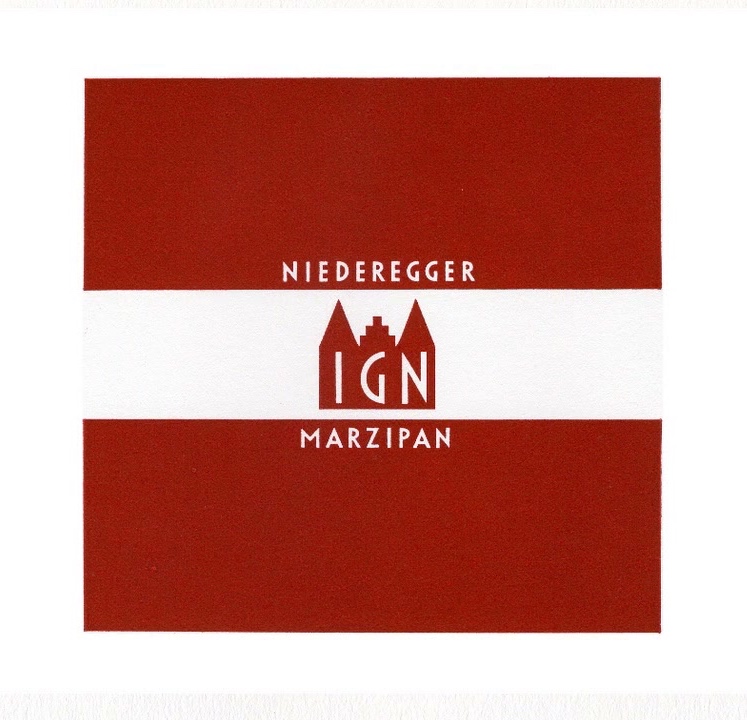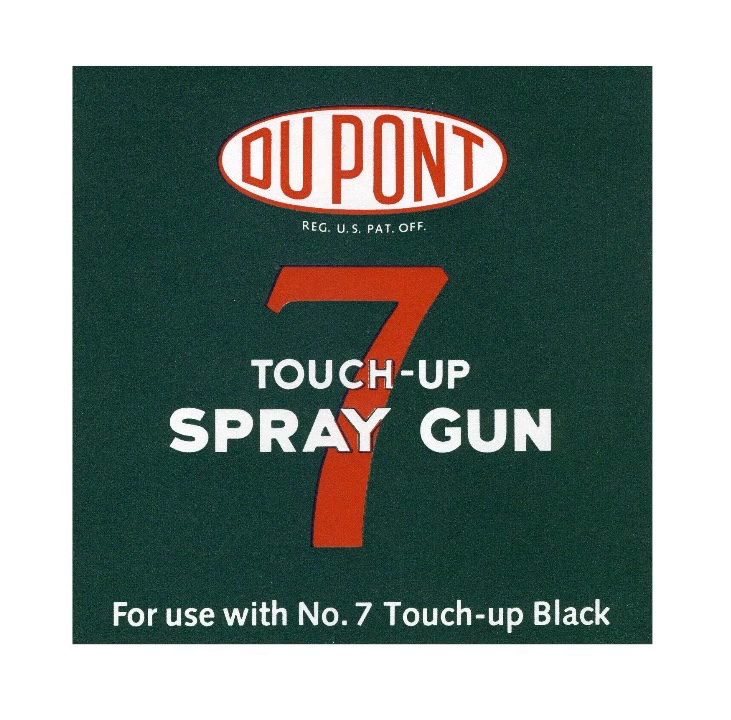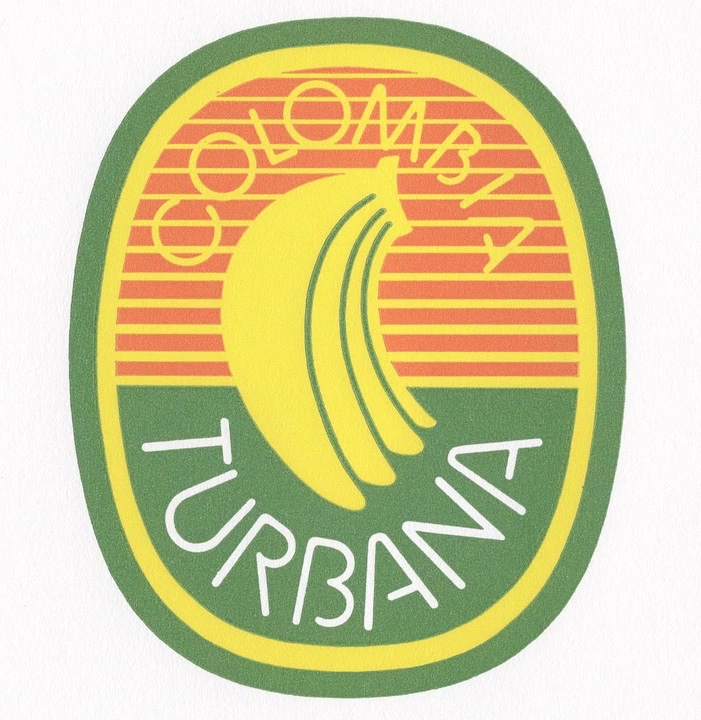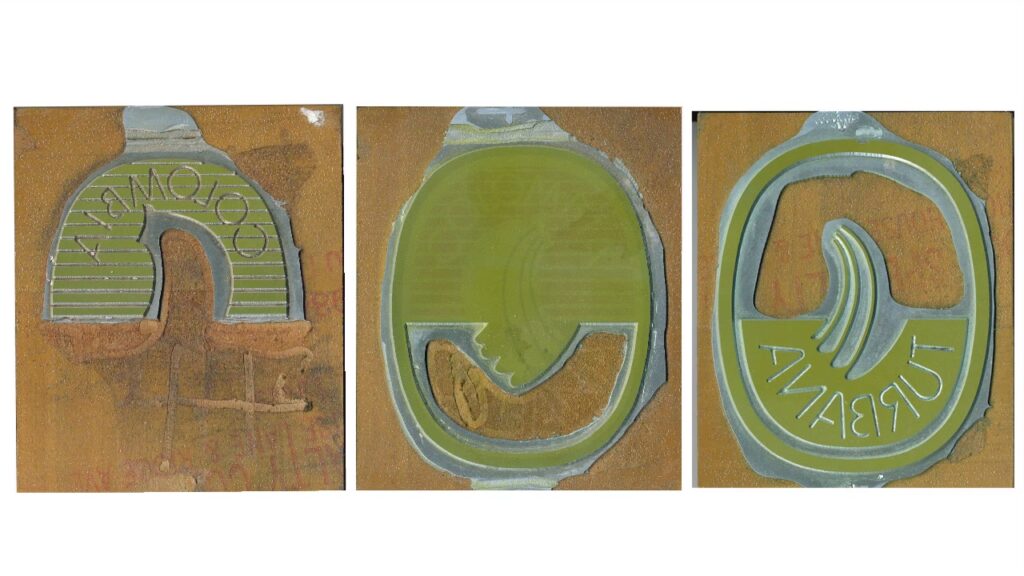This assignment was reverse-engineered from a project description in issue #2 of “Ulm” (1958), the magazine of the Ulm School of Design. The short article describes a team-writing experiment, that was broadcast as a radio-play.
- Make comprehensive preparatory studies in order to shape exactly the characters of the play.
- Compose detailed biographies, diaries, letters, dreams, and scenes of everyday life of the characters.
- Plan the scenes.
- Compose the material into a satiric crime story.
